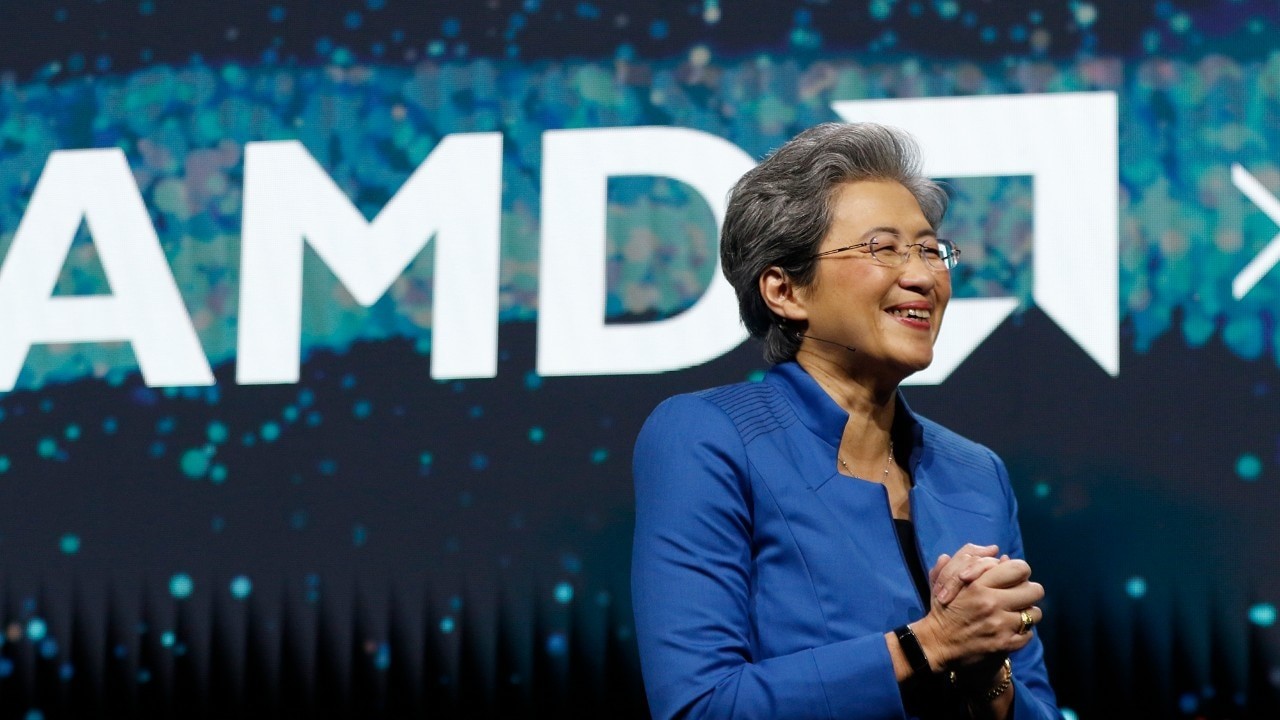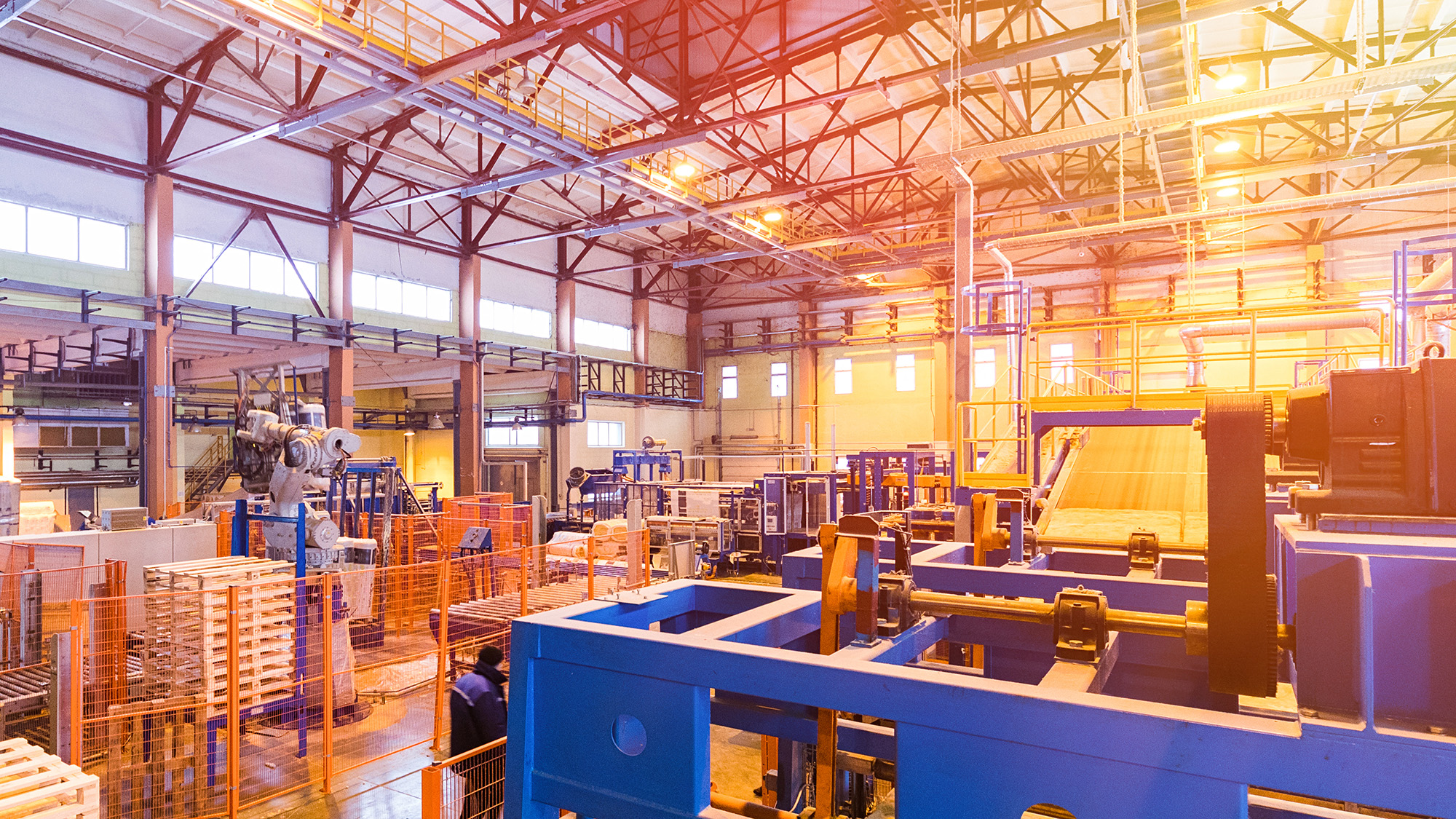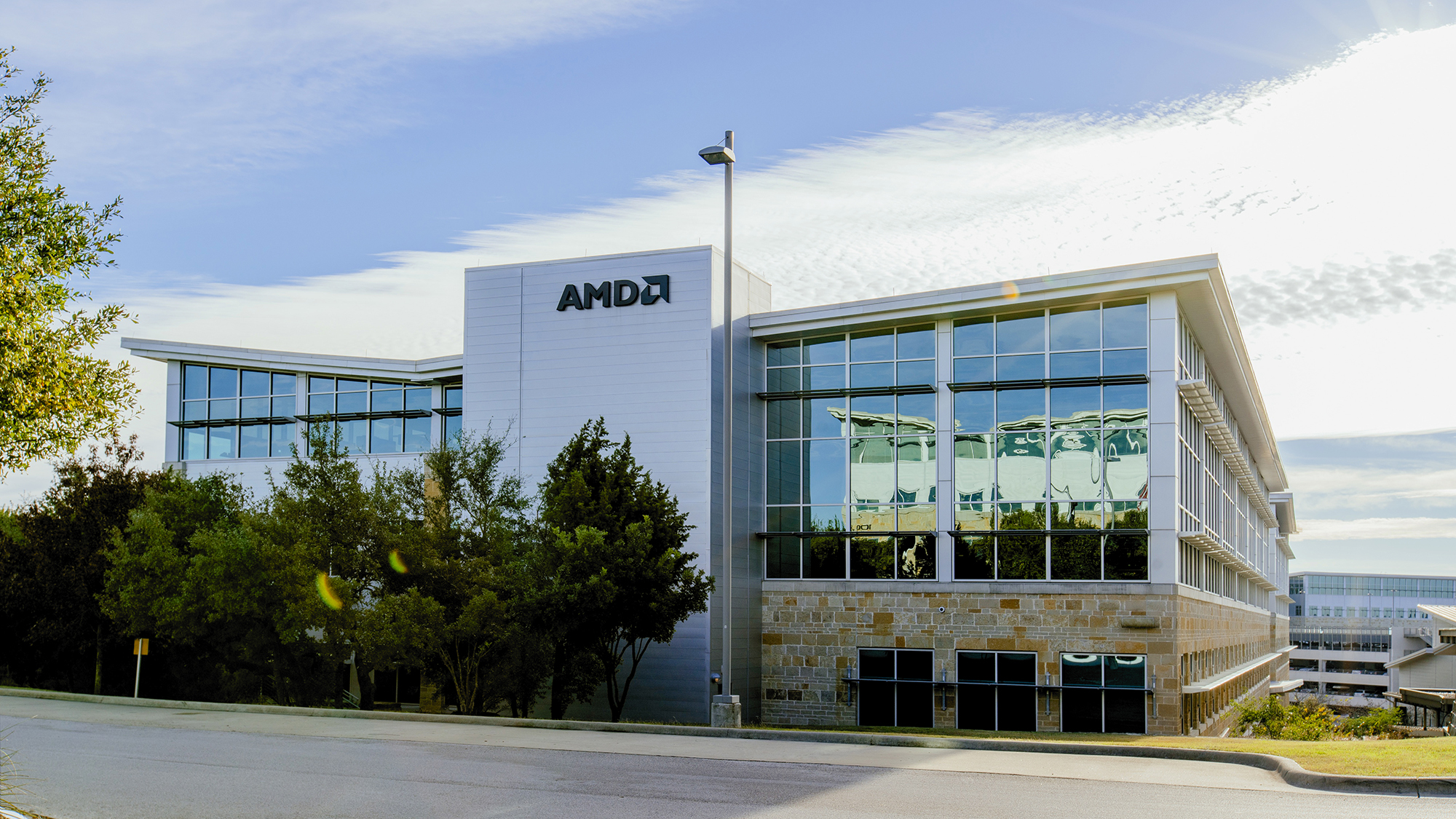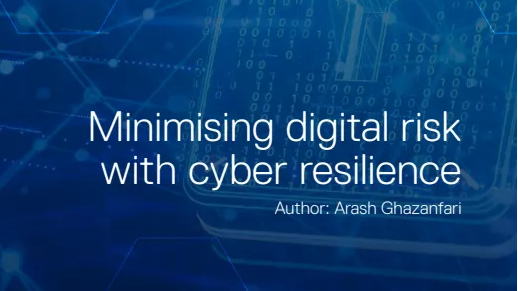Presented by AMD
How new, longer-life chips can help stretch your budget
When the inevitable upgrade arrives, you need future-proof silicon inside your data center hardware

Luckily for IT decision-makers, the time between hardware upgrade cycles for data centers is rather long. Servers and the processors they house are generally built to last with enough adaptability to power businesses through the best part of a decade. Nevertheless, nothing lasts forever: Machines fail, parts break, warranties run out. On top of that, the needs of businesses inevitably change, with demands for more power, more capacity, more technology.
The benefits of an upgrade are hard to ignore.
The tech industry is littered with horror stories however, from power outages to misconfigured servers and data breaches – and there is no getting around the fact that when upgrading data center hardware there is risk involved. With such long periods between refresh cycles, there is a sizable amount of pressure to get the purchasing right as these are costly upgrades, after all.
It’s important to consider, therefore, the choices IT teams need to make and the trade-offs they have to weigh up when it’s time to make a change in the data center, particularly when it comes to processors.
Server refresh
Servers are the lifeblood of data centers, powering all their services and housing their data, but it's inside these devices that we find the computational prowess: The chip. The server vendor has a large say in the chip you end up using, though most have flexible options and a choice of at least two. That’s not to say you can’t breathe new life into an older server with a new chip – many are dual sockets, after all.
The period between upgrades has been steadily growing, however, and is longer than ever before. Part of the reason for this is necessity: As Gartner VP analyst Alan Priestley puts it, most organizations have the mindset ‘If it ain't broke, don't fix it’. Within that will be considerations around cost, a fondness for the existing hardware, a fear of breaking things, or a combination of all three.
RELATED WHITEPAPER
“It used to be life cycles in the data center might be 5 years, but they've probably pushed out now closer to seven,” Priestley says. “You deploy a workload and you keep running it. You only invest in new infrastructure when you deploy new workloads, or you really need more performance. That’s if what you’ve got doesn't deliver in terms of the demand at the moment. And the decision they have to think about there, when they extend life cycles, is warranty.”
“There are some circumstances where refreshes will happen earlier because of products coming out, spent warranty, inability to get access to support, and spare parts.”
IT decision-makers have one big decision to start with, according to Priestley: Whether they land in the cloud or on-premises. The cloud can feel like the safe route, as it offers a roster of infrastructure and services like renting virtual machines, or even CPUs.
“However, if they start looking at on-prem data centers, they own and operate the data center and those services – they’ve got infrastructure deployed in there, running specific workloads. And most of that stock goes in and stays in for an extended period of time.”
Cores for concern
When it comes to what processor is used in a product, vendors have varying approaches to how much choice a customer may have. Many offer off-the-shelf options with a predefined CPU, GPU and other components, particularly for smaller customers. For larger enterprise customers, there may be more choice over the configuration. Whichever is the case, it’s worth considering what that chip is when making the server purchase as core counts matter.
Thanks to virtualization and dual-socket servers, many workloads today don't need a full CPU to run. They can be split into lots of smaller virtual CPUs and run workloads in a virtualized environment. Most legacy servers in corporate enterprise data centers will be dual-socket servers, should an organization want that option, so there is the possibility of two CPUs per server or one CPU per server – whichever suits their needs best.
When choosing what to install, cores per processor is an important consideration.
“There are arguments for higher-performance cores – we could say that gives you better provisioning – other times, you just want blocks of cores,” Priestley explains. “The value proposition here, from AMD’s perspective with Milan and Genoa, is their higher core counts. Genoa, for example, goes up to 96 cores, Intel, today, goes up to [64].” This means an organization can put at least 96 virtual machines on a single Genoa CPU, or more with techniques such as multi-threading and overprovisioning.
As Priestly points out, this means an IT decision maker “can buy fewer servers to deliver the same workload and [the] TCI is better”.
Efficiency is a key area for IT decision makers when it comes to hardware procurement, which gives AMD’s Milan processors a big advantage. Two Epyc 7542 32cs offer a 36% performance increase over two Xeon 8358 3cs, according to AMD – and that also includes 82% better energy efficiency. Powering your servers with 4th Gen AMD Epyc processors can help organizations run the same amount of workloads with fewer servers and save on capital expenditure and operating expenses.
While there is no way to avoid hardware upgrades, there are innovative, future-proof technologies out there to help power your business for as long as possible. It’s about making the right decisions across the stack, which includes processors, core counts, and energy efficiencies. The right server is a big part of that, but the right CPU is also important.
Sign up today and you will receive a free copy of our Future Focus 2025 report - the leading guidance on AI, cybersecurity and other IT challenges as per 700+ senior executives
ITPro is a global business technology website providing the latest news, analysis, and business insight for IT decision-makers. Whether it's cyber security, cloud computing, IT infrastructure, or business strategy, we aim to equip leaders with the data they need to make informed IT investments.
For regular updates delivered to your inbox and social feeds, be sure to sign up to our daily newsletter and follow on us LinkedIn and Twitter.
-
 AMD names new VAR and SI commercial sales chief for EMEA
AMD names new VAR and SI commercial sales chief for EMEANews James Blackman is tasked with building a robust channel community in the region
-
 AMD to cut around 1,000 staff to focus on "growth opportunities"
AMD to cut around 1,000 staff to focus on "growth opportunities"News The AMD layoffs come after rival Intel cut staff on the back of flagging AI returns
-
 Everything you need to know about AMD
Everything you need to know about AMDIn-depth A quick guide to AMD, one of the world's leading semiconductor companies and a longstanding competitor to Intel and Nvidia
-
 Optiver partners with AMD to turbo charge data center modernization efforts
Optiver partners with AMD to turbo charge data center modernization effortsSupported Content AMD will support the market trading firm as it looks to deliver performance improvements and meet future data needs
-
 AMD bags IEEE’s 2024 Corporate Innovation Award for pioneering chiplet design research
AMD bags IEEE’s 2024 Corporate Innovation Award for pioneering chiplet design researchSupported Content This marks the second time AMD has received this award, having previously been recognized for its research into the evolution of x86 microprocessors
-
 IT in manufacturing isn’t just about the production line
IT in manufacturing isn’t just about the production lineSupported From conception to execution, IT is used in manufacturing to boost efficiency, reduce costs, and produce optimal results
-
 Workload-optimized 97X4 and 9004 EPYC processors showcased by AMD
Workload-optimized 97X4 and 9004 EPYC processors showcased by AMDSupported New CPUs “push the boundaries” of what is possible in the data center performance, chip giant says
-
 Minimising digital risk with cyber resilience
Minimising digital risk with cyber resilienceWhitepaper Building an intrinsically secure enterprise architecture




